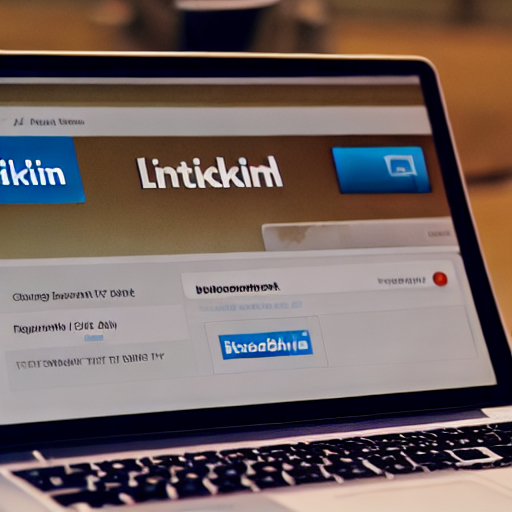

LinkedIn advertising is a powerful tool for businesses targeting professionals and decision-makers. Unlike traditional advertising channels, LinkedIn offers unparalleled targeting capabilities, allowing you to reach your ideal audience based on demographics, job titles, industry, skills, and more. However, simply setting up an ad campaign isn’t enough. Effective LinkedIn advertising requires a strategic approach to budgeting and campaign scaling. This guide, developed by the experts at Meta Ad Agency, will equip you with the knowledge and tools to create and manage successful LinkedIn advertising campaigns.
We’ll cover everything from initial budget allocation to advanced scaling strategies. Whether you’re a B2B company looking to generate leads, a SaaS provider seeking to drive product awareness, or an e-commerce business targeting specific industries, this guide will provide you with the insights you need to succeed on LinkedIn.
Determining your initial LinkedIn ad budget is a crucial first step. There’s no one-size-fits-all answer, as it depends on your industry, target audience, campaign goals, and overall marketing strategy. Here are several budgeting strategies to consider:
This is the most common and recommended starting point. Allocate a small, fixed budget—typically between $500 and $1,000—to a single campaign for a period of 30-60 days. This allows you to test different ad creatives, targeting options, and bidding strategies without significant financial risk. Use this data to identify what’s working and what’s not.
Key takeaway: Start small and test!
For established businesses with a proven track record of sales, allocating a percentage of overall revenue to LinkedIn advertising can be a viable strategy. This typically ranges from 1% to 5%, depending on your industry and growth objectives. This approach requires a solid understanding of your sales cycle and customer acquisition cost.
If your primary goal is lead generation, you can set a target CPL and allocate your budget accordingly. Calculate your desired CPL based on your sales conversion rates and profit margins. Then, determine the number of leads you need to generate within a specific timeframe, and multiply that number by your CPL to determine your budget.
Analyze your competitors’ LinkedIn advertising campaigns. Get an idea of their budget ranges, targeting strategies, and ad creatives. While you shouldn’t directly copy their strategies, it can provide valuable insights and help you determine a competitive budget range. Use tools like LinkedIn Campaign Manager analytics to observe competitor activity.
Once you’ve identified what’s working in your initial campaigns, it’s time to scale your efforts. Here are several strategies for scaling your LinkedIn advertising campaigns:
Don’t immediately increase your budget to the maximum allowed. Instead, incrementally increase your daily or weekly budget based on performance data. Monitor your results closely and make adjustments as needed. This prevents overspending on underperforming campaigns.
As your campaigns perform well, consider expanding your targeting options. This could involve adding new demographics, industries, or company sizes to your audience. But always use data to guide your decisions.
If you’re targeting a competitive keyword, you may need to increase your bidding to improve your ad’s visibility. However, be mindful of your CPL and adjust your bids accordingly. Experiment with different bidding strategies (e.g., automated bidding, manual bidding).
Explore different LinkedIn campaign types, such as Lead Gen Forms, Sponsored Content, and Text Ads. Each campaign type has its own strengths and weaknesses, and you may find that some perform better than others in your specific industry.
Divide your audience into smaller segments based on their demographics, interests, or behavior. This allows you to tailor your ad creatives and messaging to each segment, increasing your relevance and effectiveness.
Scaling your campaigns is just the beginning. Continuous optimization is crucial for maximizing your ROI. Here are several optimization strategies to implement:
Regularly A/B test different ad creatives, headlines, descriptions, and calls-to-action. This will help you identify the most effective messaging and improve your conversion rates.
Track key performance indicators (KPIs) such as impressions, clicks, click-through rate (CTR), conversion rate, cost per conversion, and CPL. Regularly analyze these metrics to identify areas for improvement.
Use LinkedIn Campaign Manager’s built-in analytics tools to gain insights into your campaign performance. Pay attention to audience demographics, engagement rates, and conversion data.
Ensure that your landing pages are optimized for conversions. They should be relevant to your ad messaging, mobile-friendly, and have a clear call-to-action.
LinkedIn advertising can be a powerful tool for generating leads, driving website traffic, and increasing brand awareness. However, it requires a strategic approach, careful budgeting, and continuous optimization. By following the strategies outlined in this guide, you can maximize your ROI and achieve your LinkedIn advertising goals. Remember to start small, test relentlessly, and always prioritize data-driven decisions.
Tags: LinkedIn Ads, Ad Budgeting, Campaign Scaling, Meta Ad Agency, Digital Marketing, Social Media Advertising, B2B Advertising, Lead Generation
0 Comments